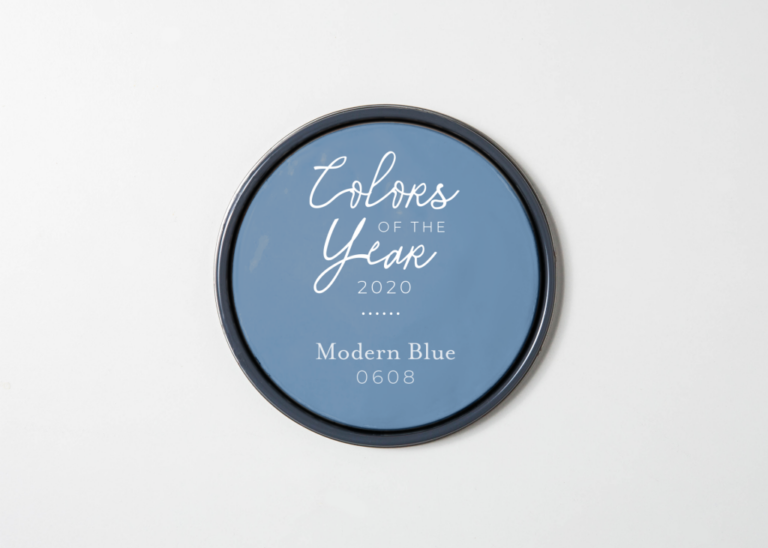The Complete Guide to Enamel Paint: Types, Uses, and Expert Tips
Enamel paint is one of the most durable and versatile paint options available. Known for its glossy finish and strong protective qualities, it’s a favorite among homeowners, artists, and professionals alike. Whether you’re transforming old furniture, refinishing cabinets, or refreshing metal surfaces, enamel paint delivers a smooth, lasting finish that resists wear and tear.
This guide explores the characteristics, types, and best practices for using enamel paint effectively—so you can achieve professional results on your next project.
What Is Enamel Paint
Enamel paint is a hard, glossy coating suitable for both interior and exterior applications. It forms a smooth, durable layer that stands up well to moisture, temperature changes, and daily use. Available in both spray and brush-on forms, enamel paint provides an elegant, reflective sheen that adds polish to any surface.
Its water-resistant and high-adhesion properties make it ideal for furniture, trim, doors, and even appliances—essentially anywhere durability and a refined look are desired.
Is Enamel Paint Oil-Based
Traditionally, most enamel paints are oil-based. This formulation creates a tough, protective layer that adheres strongly to wood, metal, and other materials. Oil-based enamel paints are renowned for their:
- Superior durability and wear resistance
- Smooth, glossy finish
- Strong adhesion on challenging surfaces
The main trade-offs are their longer drying times, higher odor, and the need for mineral spirits or thinner for cleanup. Despite these factors, oil-based enamels remain the top choice for long-lasting, professional-quality finishes.
Is Enamel Paint Water-Based
Water-based enamel paint offers a modern alternative to traditional oil-based formulas. These paints are easier to clean, produce fewer fumes, and dry faster—making them a more environmentally friendly option.
However, water-based enamels may not achieve the same level of hardness or longevity as oil-based versions. They are best suited for interior projects that require quick turnaround times and minimal odor, rather than heavy-duty exterior applications.
Common Uses for Enamel Paint
Enamel paint’s versatility makes it a go-to option for a wide range of projects. Its glossy, durable finish brings new life to everyday surfaces, from home interiors to industrial materials.
Interior and Exterior Walls
Enamel paint is often used in high-traffic areas such as hallways, kitchens, and bathrooms due to its durability and ease of cleaning.
Furniture
It can revive old furniture pieces, adding a sleek, polished look while protecting the surface from scratches and stains.
Cabinets
Ideal for kitchen and bathroom cabinets, enamel paint resists moisture and frequent handling, keeping surfaces looking new for years.
Doors and Trim
A glossy enamel finish highlights architectural details and provides lasting protection from wear.
Appliances
Enamel paint adheres well to metal and heat-exposed surfaces, making it a practical choice for refurbishing stoves, refrigerators, or dishwashers.
Metal Surfaces
When properly prepped, enamel spray paint provides long-lasting protection against rust and environmental damage on items like railings, outdoor furniture, or gates.
Ceramics and Glass
Artists and decorators use enamel paint to add permanent color and design details to mugs, tiles, or vases.
Floors
In garages or workshops, enamel paint offers a strong, easy-to-clean surface that resists stains and chemicals.
Tips for Working with Enamel Paint
Proper preparation and technique are crucial for achieving the best results with enamel paint. Follow these guidelines for a flawless, durable finish:
1. Prepare the Surface
Ensure the surface is clean, dry, and free from grease, rust, or dust. Lightly sand glossy or metallic surfaces with 120-grit sandpaper to promote adhesion.
2. Mask and Protect
Use painter’s tape to protect edges, trim, or nearby surfaces. Cover floors and furniture with drop cloths to prevent drips or overspray.
3. Mix Thoroughly
Stir the paint from the bottom of the can to evenly distribute pigments and resins.
4. Apply Thin Coats
Begin with a light first coat to establish a strong bond. Apply additional thin coats for full coverage, allowing proper drying time between each layer.
5. Remove Tape Early
Peel off masking tape while the paint is still slightly wet to ensure clean, crisp lines.
6. Allow Adequate Drying Time
Enamel paints can take several hours to fully cure. Avoid touching or re-coating too soon to prevent smudging or uneven texture.
7. Work in a Ventilated Area
Especially with oil-based enamels, ensure good airflow to reduce odor and speed up drying.
With careful preparation, enamel paint delivers a smooth, professional finish that can endure years of use.
Types of Enamel Paint
There are several enamel paint formulations, each designed for specific materials and applications.
Oil-Based Enamel Paint
- Durability: Extremely tough and wear-resistant
- Finish: High-gloss, professional appearance
- Best For: Doors, trim, cabinets, and exterior surfaces
- Considerations: Longer drying time; strong odor; solvent cleanup
Water-Based Enamel Paint
- Durability: Good for most interior uses
- Finish: Smooth and quick-drying with low odor
- Best For: Walls, furniture, and indoor projects
- Considerations: Easier cleanup but less resistant to heavy wear
Acrylic Enamel Paint
- Durability: Combines the benefits of oil- and water-based paints
- Finish: Hard, glossy, and UV-resistant
- Best For: Automotive and exterior applications
- Considerations: Dries quickly; excellent for weather exposure
High-Temperature Enamel Paint
- Durability: Withstands heat up to 1200°F (649°C)
- Finish: Glossy and protective under high temperatures
- Best For: Stoves, grills, exhaust systems, and machinery
Epoxy Enamel Paint
- Durability: Industrial-grade, chemical-resistant, and extremely strong
- Finish: Smooth and hard; ideal for high-impact areas
- Best For: Floors, equipment, and heavy-use surfaces
Each type of enamel paint has unique advantages, so selecting the right one depends on your project’s demands and desired finish.
Final Thoughts
Enamel paint is a durable, adaptable solution for both decorative and protective applications. Whether you’re repainting cabinets, restoring metalwork, or adding artistic detail, its hard, glossy finish provides both beauty and strength.
By choosing the right type of enamel and applying it with care, you can achieve a professional-quality result that enhances and protects your surfaces for years to come.






